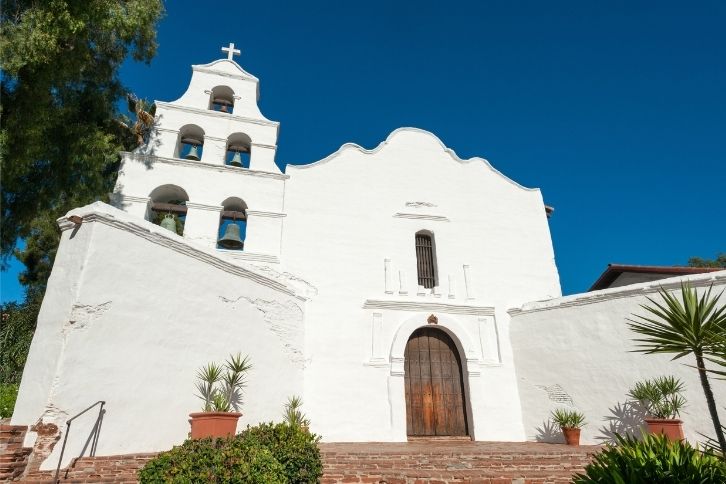St. Junípero Serra, OFM continues to be controversial. A Franciscan missionary to California in the 18th century, he was responsible for setting up a series of missions across a span of California, ranging from modern-day San Diego to San Francisco. Canonized by Pope Francis in 2015, he was long-respected and admired for his missionary zeal and is one of two Californians honored by statues in the United States capitol.
In recent years, however, activists have sought to re-interpret Serra, questioning his record, treatment of Native Americans, and the very idea of honoring someone deeply associated with colonialism. One petition, for instance, writes:
Often compared to Hitler, Serra was complicit in the brutal and dehumanizing conquest of native tribes in California. Serra presided over a “near-genocidal policy” of putting Native Americans on reservations and forcing them to build Catholic missions. From an estimated 300,000 coastal Indians in 1769, their numbers dwindled to 16,624 in 1890.
Institutions that previously honored Serra reconsidered their position in light of this cultural shift; Stanford University, which had named a main pedestrian thoroughfare after Serra, changed the name to honor one of the founders of the university. More recently, the state of California voted to approve a bill removing a statue of Serra from the state capitol and, based on the work of author Elias Castillo, alleged that “enslavement of both adults and children, mutilation, genocide, and assault on women were all part of the mission period initiated and overseen by Father Serra.”
Archbishops José Gomez and Salvatore Cordileone responded in an editorial [behind a paywall] in the Wall Street Journal, writing:
Unfortunately, the legislature has gone further, slandering his name and pushing a false narrative about the mission period in California….None of [the accusations are] true. While there is much to criticize from this period, no serious historian has ever made such outrageous claims about Serra or the mission system, the network of 21 communities that Franciscans established along the California coast to evangelize native people. The lawmakers behind the bill drew their ideas from a single tendentious book written by journalist Elias Castillo.
A link roundup by Angelus News also defends Serra, compiling a list of resources to better contextualize Serra against the accusations. One of these is an interview at the National Catholic Reporter of Robert Senkewicz, a Santa Clara University historian emeritus, by Fr. Tom Reese, SJ. The interview is nuanced, with Senkewicz acknowledging that Serra’s missions harmed Native Americans in various ways while refusing to paint Serra as a moral monster. For instance, on the issue of slavery, Senkewicz acknowledges that coercion and force were used at the missions, even though the Franciscans didn’t enslave Native Americans:
Would you say then that the Indians were enslaved by the missionaries?
Coercion and force were part of the mission system, but I wouldn’t say that they were enslaved. Slavery is a specific legal system. To use it in an American context equates with the way Africans were treated in the American South, and it was a very different kind of situation. Indians were definitely regarded as inferior. But they were regarded not as property, but as people.





